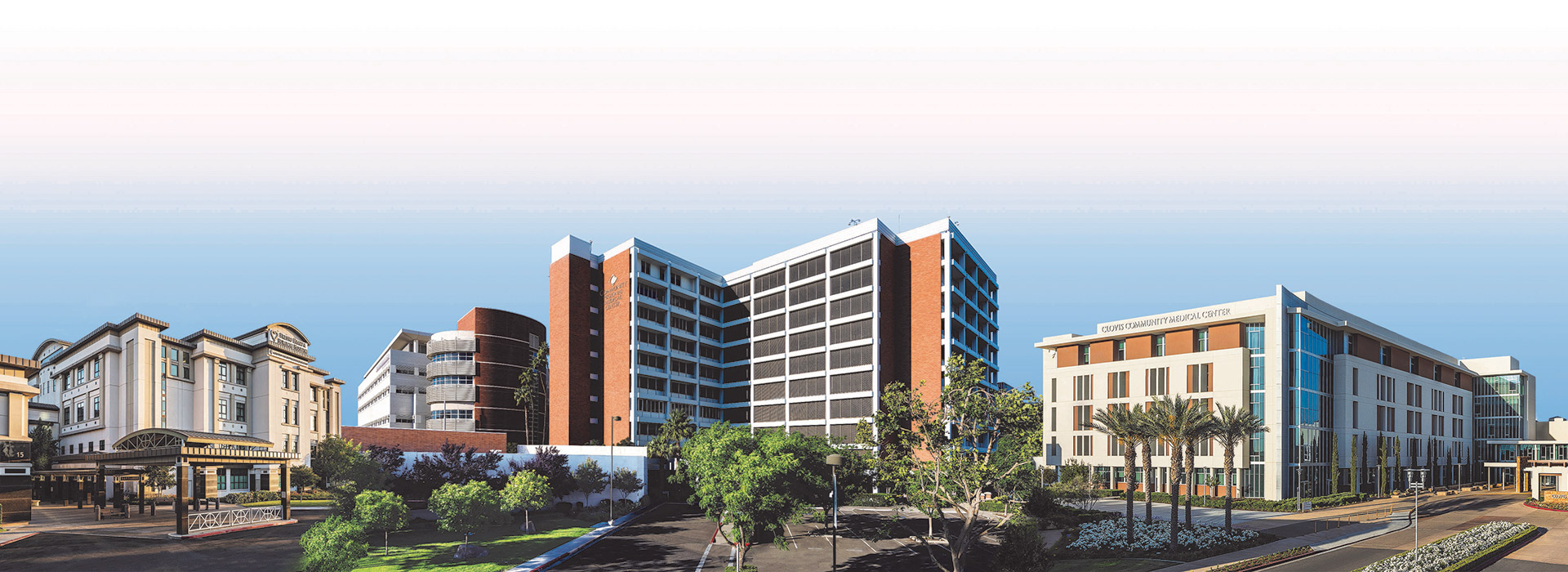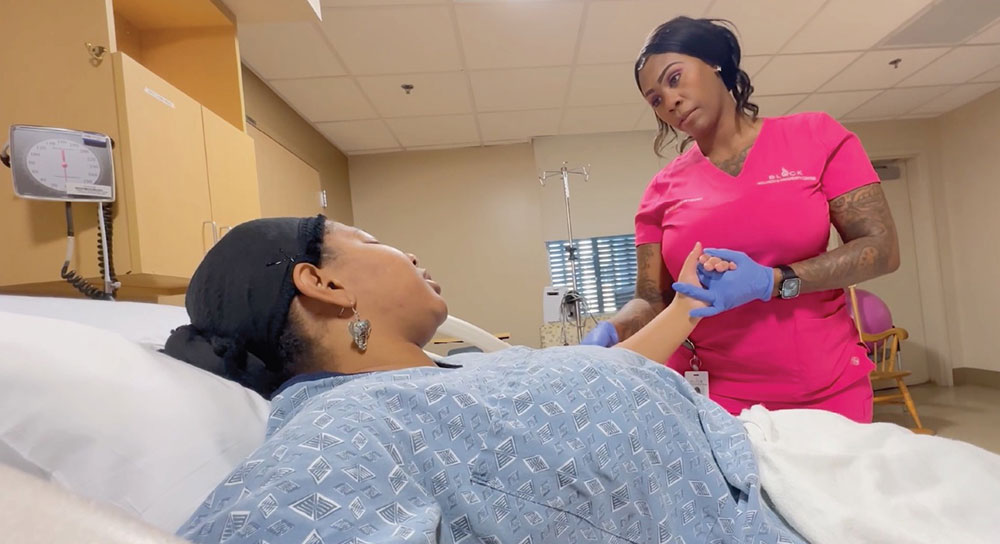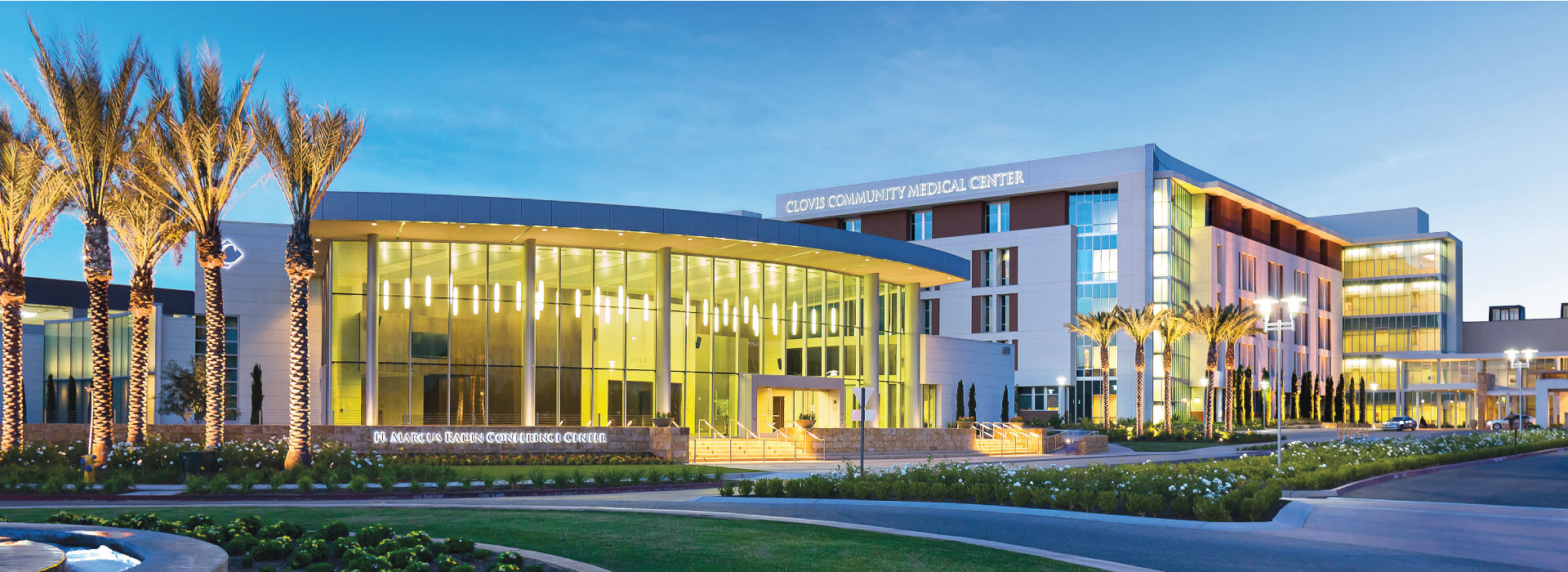Soua Xiong’s hospital room was eerily empty so Jane Lee, a Hmong interpreter at Community Regional Medical Center, poked her head in to check on this patient and chat for a while. Normally Hmong elders are attended by their children or grandchildren, explained Lee, so a room empty of visitors should be an alert for staff to pay a bit more attention.
 The 49-year-old Minnesota woman broke into a wide smile upon hearing a familiar Hmong greeting. “I don’t feel so alone now,” Xiong told Lee in Hmong. Xiong started experiencing chest pains and dizziness while visiting relatives in Fresno and was admitted for observation. All of her younger, English-speaking relatives were unable to take off work to come sit with her so Xiong’s biggest complaint was loneliness.
The 49-year-old Minnesota woman broke into a wide smile upon hearing a familiar Hmong greeting. “I don’t feel so alone now,” Xiong told Lee in Hmong. Xiong started experiencing chest pains and dizziness while visiting relatives in Fresno and was admitted for observation. All of her younger, English-speaking relatives were unable to take off work to come sit with her so Xiong’s biggest complaint was loneliness.
A patient’s ability to understand and to be understood is one of the most important patient rights and often key to receiving appropriate medical care. This can be a challenge in Fresno County where, according to the U.S. Census, 66 different languages are spoken and 43% of residents primarily speak a language other than English in their homes.
Community Regional helps address patients’ language needs with seven Spanish interpreters, a Hmong interpreter and a Hindi/Punjabi interpreter as well as American Sign Language and phone or video interpretation services in 170 languages. Community’s interpreters belong to the Healthcare Interpreter Network, which provides interpretation via interactive video chat throughout the nation to other hospitals. Last fiscal year, Community provided 59,665 total interpretation sessions at an unreimbursed cost of $452,344.
belong to the Healthcare Interpreter Network, which provides interpretation via interactive video chat throughout the nation to other hospitals. Last fiscal year, Community provided 59,665 total interpretation sessions at an unreimbursed cost of $452,344.
But interpreters do more than just translate.
“I’m also a culture clarifier,” said Lee, who grew up interpreting for immigrant elders in her family and neighborhood. “I clarify the Western medicine ways to the Hmong patient, and I clarify the way Hmong patients’ approach to medicine and their ideas about healthcare to our staff.”
Lee would explain to caregivers that a Hmong patient like Xiong might consider prolonged eye contact and calling her first name instead of “Mrs. Xiong” rude and would defer decisions about her care to her oldest, closest male relative. And Lee might in turn explain to a Hmong elder that a virus rather than a bad spirit causes pneumonia or that a cast shouldn’t be removed early to apply herbs from the Shaman.
Reported by Erin Kennedy. Reach her at MedWatchToday@communitymedical.org.





